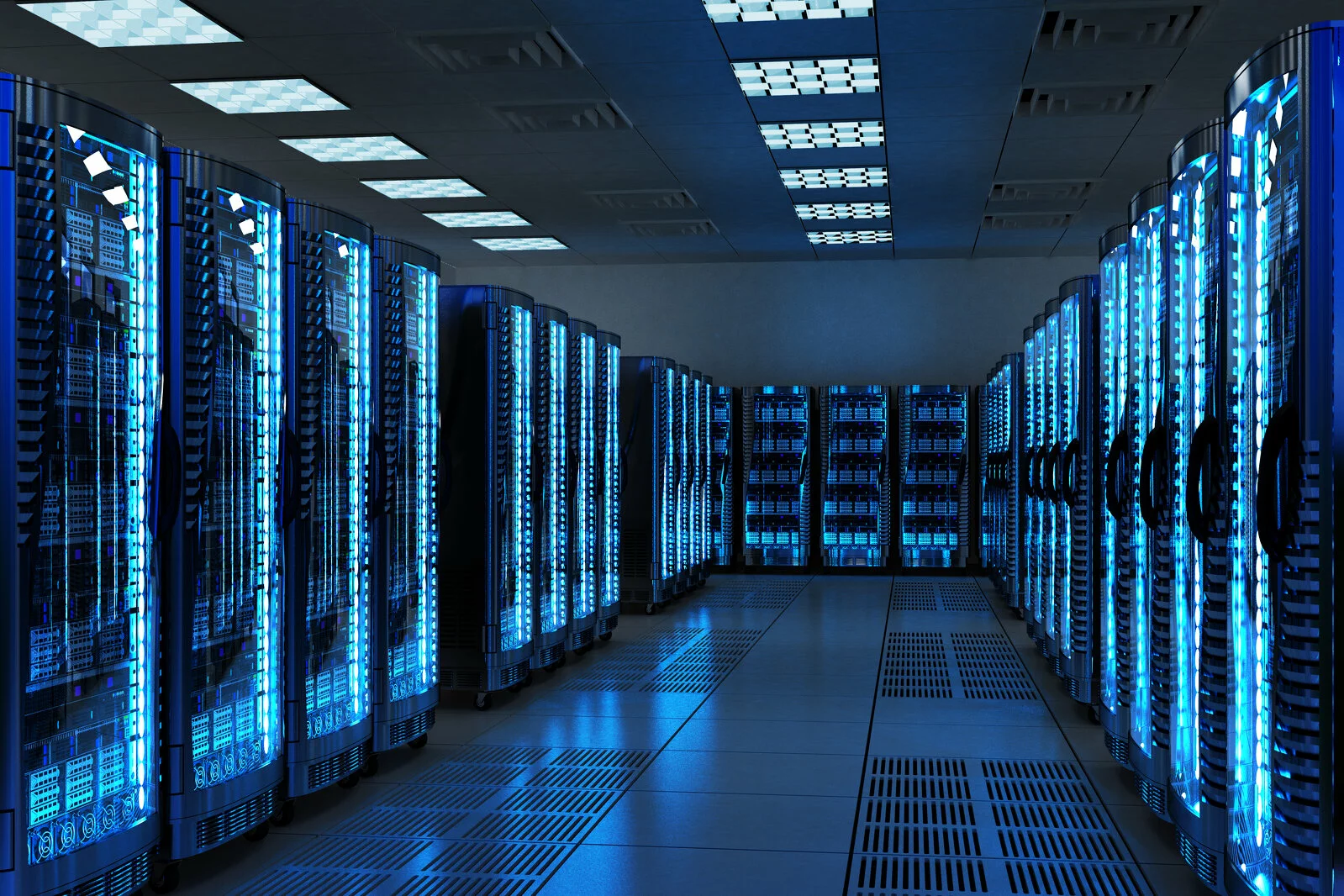Our Industry
Fear Less, Understand More: The Future of Nuclear Energy
August 29, 2023
THE FUTURE OF NUCLEAR ENERGY
Why is nuclear energy the answer to providing power sustainably?
The Intergovernmental Panel on Climate Change (IPCC) has warned that the planet will be irreversibly damaged unless we cut our carbon emissions worldwide by nearly 100% by 2050. The only way we can obtain this goal is by phasing out fossil fuels. Fossil fuel carbon emissions are generated mainly from three main sectors of our economy: electricity generation (25%), transportation (14%), and heat for buildings and industrial processes (27%).
Considering that electrification will significantly reduce emissions in transportation and heating, phasing out fossil fuels in the electricity generation will lead to the quickest and most far-reaching reductions in our carbon emissions. Electricity will not solve the issue entirely; we must continue moving from deforestation to reforestation, changing agricultural practices globally, and implementing more energy-efficient vehicles and buildings.
By 2050, the amount of electricity used in the world will increase by two to four times the current demand. Nuclear energy is a viable solution to rapidly decarbonizing electricity generation, as seen by what Sweden and Germany have accomplished.
ENERGY PRODUCTION: SWEDEN & GERMANY
From 1970 to 1990, Sweden reduced its carbon emissions by half while expanding its economy by 50%. In the late 1960s, Sweden wanted to expand its electricity production, but it had also decided not to expand on its robust hydropower system (they wanted to protect the remaining undammed rivers withing their borders). At the same time, the oil crisis was beginning to affect the world, and oil prices skyrocketed, which meant Sweden needed to develop an alternative to fossil fuels imports. By 1990, nuclear accounted for 46% of their power production.
Germany implemented its green Energiewende (energy transition) policy to add large capacities of renewable energy sources. It chose to pursue mostly solar and wind power. In the past decade, Germany has more than doubled its production of renewables. However, unlike Sweden, the renewables have replaced existing nuclear plants that have been retired. This just substituted one carbon-free energy source for another.
What does this mean? Coal-burning facilities still dominate Germany’s electricity production, producing 40% of the capacity. While solar and wind are at impressive 29% and growing, its nuclear capacity is at 13% and dropping. Despite Germany’s efforts, the last decade has been a lost opportunity to reduce emissions. In fact, Germany has six of the Europe’s top ten most polluting power plants.
The key difference between Sweden and Germany is that Sweden uses both nuclear power and renewables. Sweden’s approach recognizes the need to reduce emissions. It is also in the top ten consumers of energy per person in the world. Yet they have been successful in their effort to decarbonize.
PUTTING NUCLEAR ACCIDENTS INTO PERSECTIVE
Nuclear power is often linked to nuclear weapons, with the misconception that a nuclear power plant could one day explode like a nuclear weapon. The uranium used in nuclear power plants is not as highly enriched as in weapons and would likely not explode. While the safety of these reactors must be a priority, it should not prevent us from using this proven technology to help avert a climate disaster.
SAFETY
Figure 1, below, puts it into perspective. It compares the deaths contributed to coal versus those from nuclear power per terawatt-hour of generated electricity in Europe. What this shows is that fossil fuels and coal contribute to far more deaths than nuclear power.

Figure 1 – Deaths from Nuclear and Coal Power
NUCLEAR WASTE
Nuclear waste is also something people refer to when arguing against nuclear power. Over the past 60 years, nuclear power has generated nearly 20% of all of the electricity produced in the US. All of that nuclear waste would fit into a big box retail store. Further, most of this waste decays quickly and becomes safer over the years, and countries have become proficient in safely storing waste material. In many cases, they have also begun to create permanent storage facilities for the future handling of this waste. Climate change is a much bigger threat to us than nuclear waste will ever be.
ACHIEVING A NET-ZERO WORLD
We can make monumental changes over the coming decade to help us to achieve a near-net-zero world. But we must be willing to take steps forward and follow the examples of countries like Sweden. We must be able to set aside perceived dangers and do what is best for the future of our planet. Building renewable energy sources in conjunction with nuclear power is the right path forward.
As Marie Curie said, “Nothing in life is to be feared, it is only to be understood. Now is the time to understand more, so that we may fear less.”
7×24 FALL CONFERENCE
Nuclear energy, and the future of it, is a complex topic. I am speaking more in-depth with Last Energy’s VP of Finance, Michael Crabb, at the 7×24 Fall Conference in Grapevine, TX. Please visit their website here for more information or a link to register.












